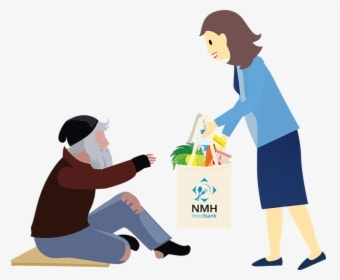|
Bullying is an epidemic. Millions of Americans are subjected to bullying every day whether it be at home, online, in school, or on the streets. Victims of bullying vary in age, but it’s kids that seem to struggle most with it. Teenage depression and suicide rates are at an all time high. Even as schools continue to implement stricter anti-bullying rules, the hatred, teasing, and abuse persists. Many students who have experienced bullying feel like they are alone despite countless resources that are supposed to support them.
No child should ever experience bullying–it can be debilitating, dehumanizing, and even the slightest sense of social pressure can be paralyzing. Thankfully, discussions surrounding mental health and bullying are continuing to be destigmatized, and there are more safe spaces for students who are suffering to turn to. But what about students whose family lives are completely unstable? What about kids who don’t know where their next meal will come from? What about children who have no place to call home? According to the National Conference of State Legislators, 4.2 million children and young adults are currently homeless, with nearly 700,000 of them being unaccompanied transient minors. (U.S. Department of Health and Human Services, 2008; HRSA, 2001). Many of these children have very limited, if any, access to health care, and many lack adult figures that they feel comfortable confiding in. On average, 42% of homeless students report being bullied compared to 23% percent of housed peers, and suicide rates amounst humless children are nearly 3 times higher than those who are housed (The Institute for Children, Poverty, and Homelessness). Studies have found that children who have left home due to abuse are at a frighteningly high risk of revictimization at school, which in effect leads to a higher risk of suffering from mental illness. Homeless youth are disproportionately subjected to bullying at school and on the streets, yet it is nearly impossible for them to seek help for the damage that bullying causes. Many states allocate zero tax revenue to mental health services for the homeless, and schools alone are not capable of solving the bullying crisis. Until something is done to protect these highly vulnerable kids from bullying, mental illness amongst homeless youth will continue to rise. References: https://www.samhsa.gov/homelessness-programs-resources https://pubmed.ncbi.nlm.nih.gov/30141722/ https://www.icphusa.org/maps_infographics/the-staggering-impact-of-homelessness-and-bullying/ https://www.ncsl.org/research/human-services/homeless-and-runaway-youth.aspx https://youth.gov/youth-topics/runaway-and-homeless-youth/behavioral-health#_ftn
1 Comment
|
BLogArchives
July 2024
Categories |
©2022 Chicago HOPES for Kids. All Rights Reserved.
Website by Gumbo Media
Website by Gumbo Media


 RSS Feed
RSS Feed
